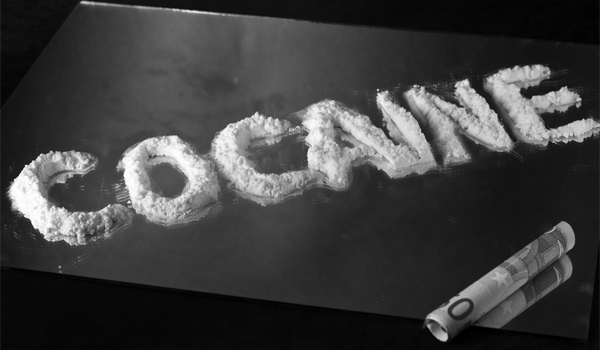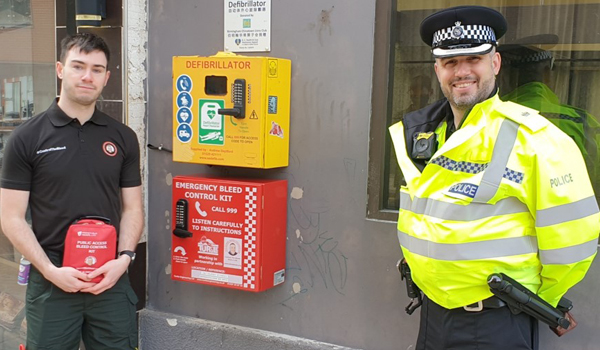Europe suffering from increased cocaine production in Latin America
Cocaine has become more widely available across Europe as the UK tops the league of casual users.
The European Monitoring Centre for Drugs and Drug Addiction’s (EMCDDA) latest trends analysis – the European Drug Report 2018 – said there were over 2.3 million adults using cocaine in the last year, making it the most commonly used illicit stimulant in Europe.
The EMCDDA examined the dynamic drug market and trends of drug consumption across the EU, Norway and Turkey.
Its findings show indicates that use of the drug peaked in 2008, when there was a record number of kilograms seized (24,659). By 2015, the amount seized had decreased by 22 per cent.
A similar trend was present with crack cocaine in the UK, the highest number of kilograms were seized in 2007.
However, as availability of both drugs increased in the last year so has the amount seized.
In 2016, Belgium surpassed Spain as the country where, by volume, the amount of cocaine powder seized was greatest, despite evidence showing that the Iberian Peninsula is becoming less important as a route for smuggling the drug into Europe.
However, unlike the UK, France has seen a much steadier increase in cocaine use since 2000, with the population of cocaine consumption more than tripling since then.
The UK was shown to have the highest number of infrequent use of cocaine with 11 per cent of the population of young adults (15 to 35-year-olds) having used the drug in their lifetime, closely followed by Ireland with 10.7 per cent. However, the Netherlands and Denmark reported a larger percentage of young adults having used cocaine in the last month.
Purity has also risen to its highest levels in over a decade, as coca cultivation and cocaine production is increasing in South America. The UK also has some of the highest traces of cocaine residue in wastewater, doubling in mg per capita in the last five years.
Similar trends had been noticed across the continent, with traces increasing in Paris, Milan, Barcelona and Amsterdam. Only Oslo and Athens have seen steady declines.
The report said that users of powder cocaine tend to be “socially well-integrated, with stable living conditions and regular employment” whereas those who use crack cocaine are more likely to come from marginalised groups.
The Justice Secretary David Gauke recently blamed middle class employees for fuelling the gang related increase in violent crime.
Mr Gauke told Sky News’ Ridge on Sunday: “There’s a responsibility for middle class people that take cocaine at a dinner party that when they see a story of a 15-year-old boy stabbed in Hackney [east London] they should feel a degree of guilt and responsibility”.
Another concern for the UK was the usage of synthetic cannaboids, especially in prisons. One such drug, commonly known as ‘spice’, has been a contributing factor in 80 per cent of the 71,000 new psychoactive substances reported to the ‘EU early warning system’, which were synthetic cathinones/cannaboids.
It was noted that ‘spice’ is particularly easy to smuggle into prisons and difficult to detect early signs of use.
EMCDDA Director Alexis Goosdeel said: “The findings from our new report indicate that Europe is now experiencing the consequences of increased cocaine production in Latin America. Early warnings from wastewater analysis about rising cocaine availability are now supported by other data suggesting growing supply, including increases in purity and in the number and quantity of cocaine seizures.
“We must be concerned about the health implications of cocaine use as we are beginning to see some worrying developments in this area, including a larger number of people entering treatment for the first time for cocaine problems. These changes underline the growing importance of providing effective prevention, treatment and harm-reduction interventions for cocaine users.”







